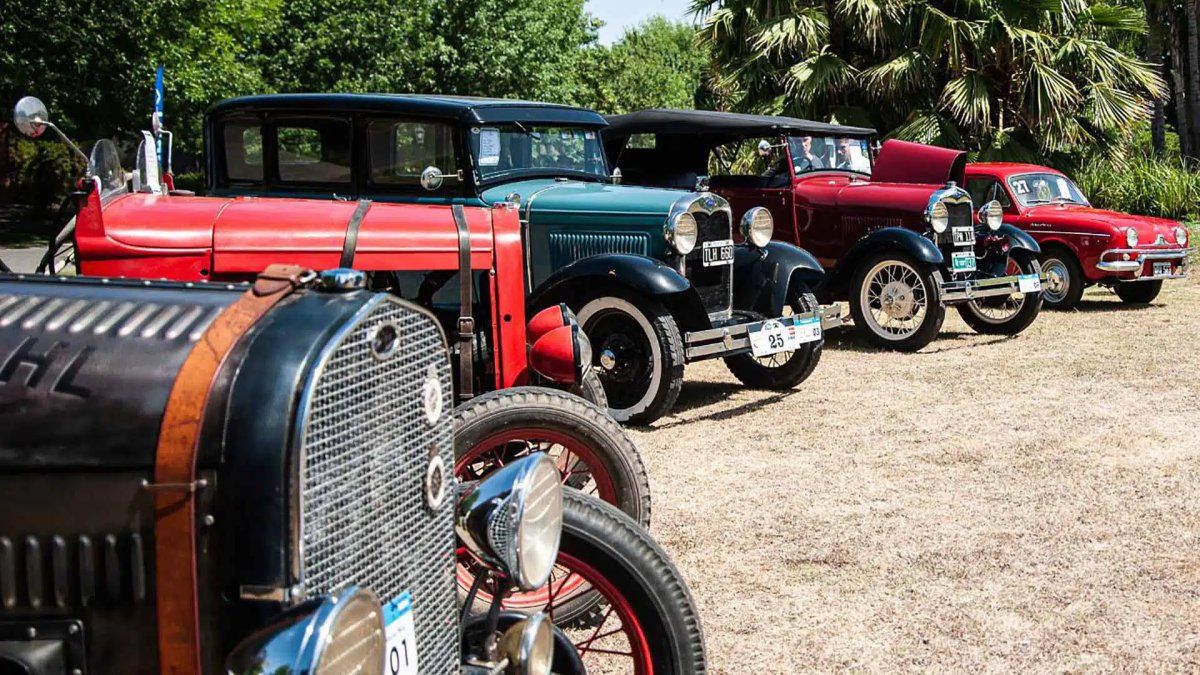He Government formalized the reopening of Import regime of classic vehiclesa measure that facilitates the entry of cars and motorcycles more than 30 years old and a minimum FOB value of $ 12,000. This initiative restores a mechanism that had been blocked in 2021 and significantly reduces bureaucratic obstacles and tax burden.
Simplification of the procedure and lower tax burden
The resolution, signed by the Secretary of Industry and Commerce, Esteban Marzoratiestablishes new and accessible new procedures for importers. Complicated requirements were eliminated, such as the affidavit of the previous owner of the vehicle in their country of origin.
In addition, the fiscal cost of importation was drastically reduced: Taxes went from 187% to 60% of the vehicle valuewhich makes the purchase of classics more viable from the outside.
Importation-of-Auto-Clasicos-Como-Traers-A-Ferrari-Usada-A-La-Argentina.jpg
Taxes went from 187% to 60% of the value of the vehicle, which makes the purchase of classics more viable from the outside.
Photo: Motor1
Requirements for the importation of classic cars
According to the resolution, vehicles that:
• They have at least 30 years old.
• They are considered of historical or cultural interest for the nation.
• Have a FOB value (priceless and freight costs) minimum of $ 12,000.
To establish efficient control, the Import certificate of classic motor vehicles (Civac)document that those interested must submit to the General Directorate of Customs.
Classic cars 1000 miles bariloche.jpg
To establish efficient control, the certificate of importation of classic automotive vehicles (Civac) was created, a document that those interested must submit to the General Directorate of Customs.
Application process
Importers must manage the CIVAC through the remote procedure platform (TAD), presenting the required documentation. Once the application is sent, the Import Directorate will have 10 days for evaluation and eventual approval.
Restrictions and control
Cars admitted under this regime may not be sold or transferred for two years after their nationalization. In addition, every six months, a report with data on imported vehicles, their origin and other relevant details will be published.
This measure seeks to promote the conservation of automotive heritage in Argentina and facilitate the arrival of historical cars to the country.
Source: Ambito
I’m a recent graduate of the University of Missouri with a degree in journalism. I started working as a news reporter for 24 Hours World about two years ago, and I’ve been writing articles ever since. My main focus is automotive news, but I’ve also written about politics, lifestyle, and entertainment.




